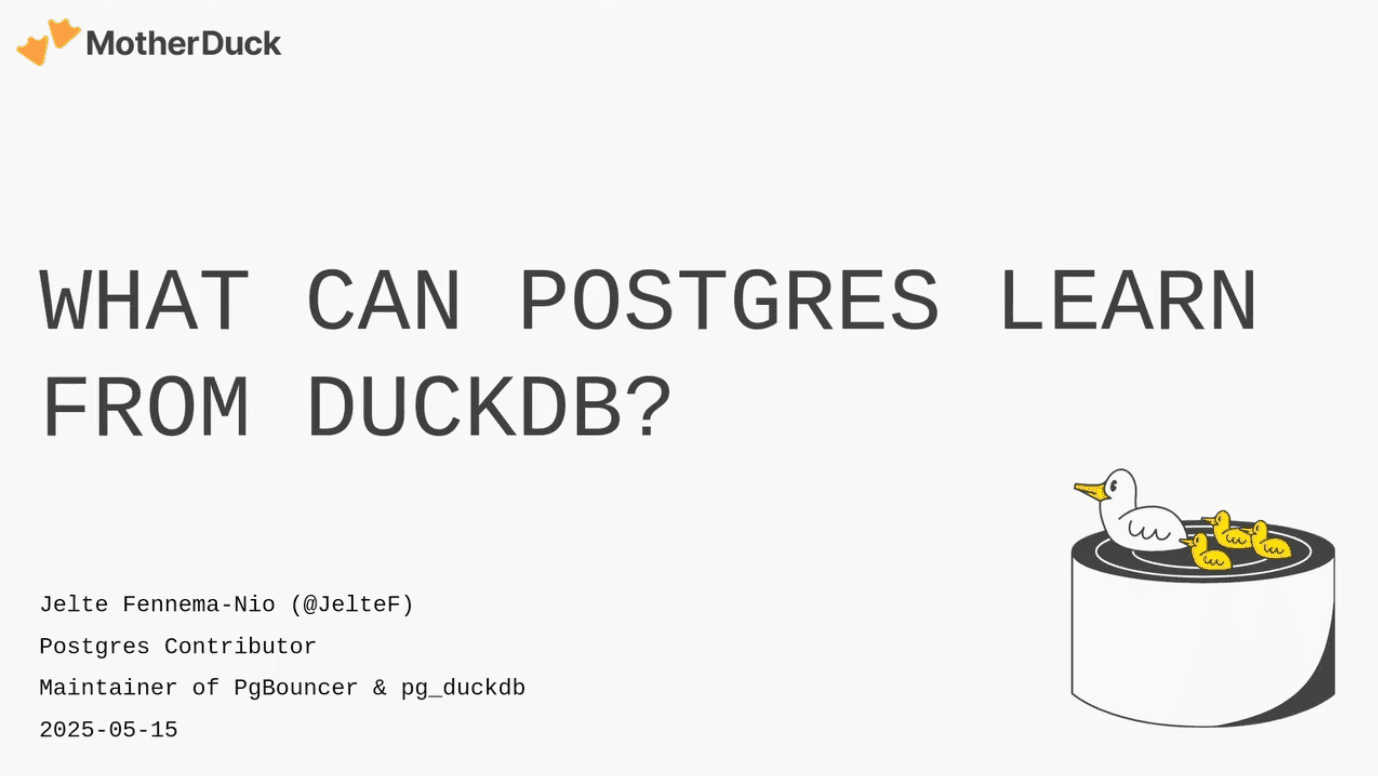An Evolving DAG for the LLM world - Julia Schottenstein of LangChain at Small Data SF 2024
2024/09/24Building Agentic Systems with LangChain: From DAGs to Directed Cyclic Graphs
LangChain has emerged as a popular open-source framework for Python and TypeScript developers looking to build agentic systems that combine the power of Large Language Models (LLMs) with organizational data. The framework addresses a fundamental challenge in AI application development: while LLMs possess incredible capabilities, they lack context about specific businesses, applications, and recent events beyond their training cutoff dates.
Augmenting LLMs with Context and Tools
The core value proposition of LangChain lies in helping developers augment LLMs with:
- Private documents and data for domain-specific reasoning
- Tool usage through APIs with defined instructions
- Up-to-date information to overcome training data limitations
This augmentation typically happens through chains - discrete, ordered steps similar to directed acyclic graphs (DAGs) in data pipelines. The most common implementation is the Retrieval-Augmented Generation (RAG) chain, where:
- A question enters the system
- Relevant context is retrieved from a vector database
- The question, context, and prompt instructions are sent to the LLM
- The LLM generates a contextually-aware response
The Evolution from Chains to Agents
While chains provide reliable, predetermined workflows, the future of AI applications increasingly points toward agents. In technical terms, an agent represents a system where the LLM decides the control flow dynamically rather than following predefined code paths. This fundamental shift transforms traditional DAGs into directed graphs that can include cycles.
The ability to iterate and learn from failures becomes crucial in agent design. Unlike deterministic code that produces identical results on repeated execution, LLMs can improve their performance on subsequent attempts by understanding what went wrong in previous iterations. This capability is exemplified by sophisticated code generation agents that:
- Reflect on problems before execution
- Generate and test multiple solution approaches
- Iteratively refine outputs based on test results
- Create cycles in their execution graphs for continuous improvement
Key Challenges in Building Reliable Agents
Planning and Reflection
Research demonstrates that agents perform significantly better when given explicit planning and reflection steps. Like a rock climber surveying potential routes before ascending, agents benefit from evaluating possible paths before execution. This pre-processing phase allows for more strategic decision-making and improved task completion rates.
Memory Management
Complex agent systems often involve multiple specialized sub-agents collaborating on tasks. This architecture, known as cognitive architecture, requires sophisticated memory management to:
- Maintain shared state between agents
- Preserve context across multiple sessions
- Enable agents to learn from previous attempts
- Facilitate collaboration in multi-agent workflows
Reliability Concerns
Agent reliability faces several obstacles:
- LLM non-determinism in response generation
- Task ambiguity from natural language inputs
- Tool misuse when agents get stuck in repetitive patterns or select inappropriate APIs
Balancing Flexibility and Control with LangGraph
LangGraph represents LangChain's solution to the flexibility-reliability trade-off. This orchestration framework introduces several key innovations for agent development:
Controllability
The framework supports both explicit and implicit workflows, allowing developers to define guardrails while maintaining agent autonomy. This hybrid approach enables more predictable behavior without sacrificing the adaptive capabilities that make agents powerful.
Persistence Layer
A robust persistence layer provides shared memory and state management, essential for both individual agent sessions and multi-agent collaboration scenarios. This ensures continuity and context preservation across complex workflows.
Human-in-the-Loop Capabilities
Recognizing that fully autonomous agents may struggle with complex tasks, LangGraph incorporates human steering mechanisms. This allows users to guide agents when they encounter difficulties or make routing errors, improving overall task completion rates.
Streaming Support
To address latency concerns and improve user experience, the framework supports both token-by-token streaming and intermediate step visibility. This transparency helps users understand the agent's problem-solving process, particularly important when operations take extended time to complete.
Real-World Agent Applications
Several production agents demonstrate the practical applications of these concepts:
- Roblox Studio AI creates entire virtual worlds from natural language prompts, generating scripts and assets automatically
- TripAdvisor's travel agent builds personalized itineraries based on user preferences, group size, and travel dates
- Replit's coding agent generates code, creates tests, and automates pull request creation
These applications showcase how agents can move beyond simple chat interfaces to become sophisticated task-completion systems that understand context, iterate on solutions, and deliver tangible value to users.
The Future of AI Orchestration
The evolution from traditional DAGs to directed cyclic graphs represents a fundamental shift in how we approach AI application development. While DAGs remain valuable for deterministic data pipelines, the ability to incorporate cycles opens new possibilities for building intelligent systems that can plan, reflect, and improve through iteration. As agent technology continues to mature, frameworks like LangChain and LangGraph provide the necessary tools to build reliable, flexible, and powerful agentic applications that can tackle increasingly complex real-world problems.
Related Videos

2025-09-10
From Curiosity to Impact How DoSomething Democratized Data
Hear how DoSomething's data team escaped the enterprise data trap, achieving 20X cost reduction and transforming hours-long queries into seconds with MotherDuck.
YouTube



